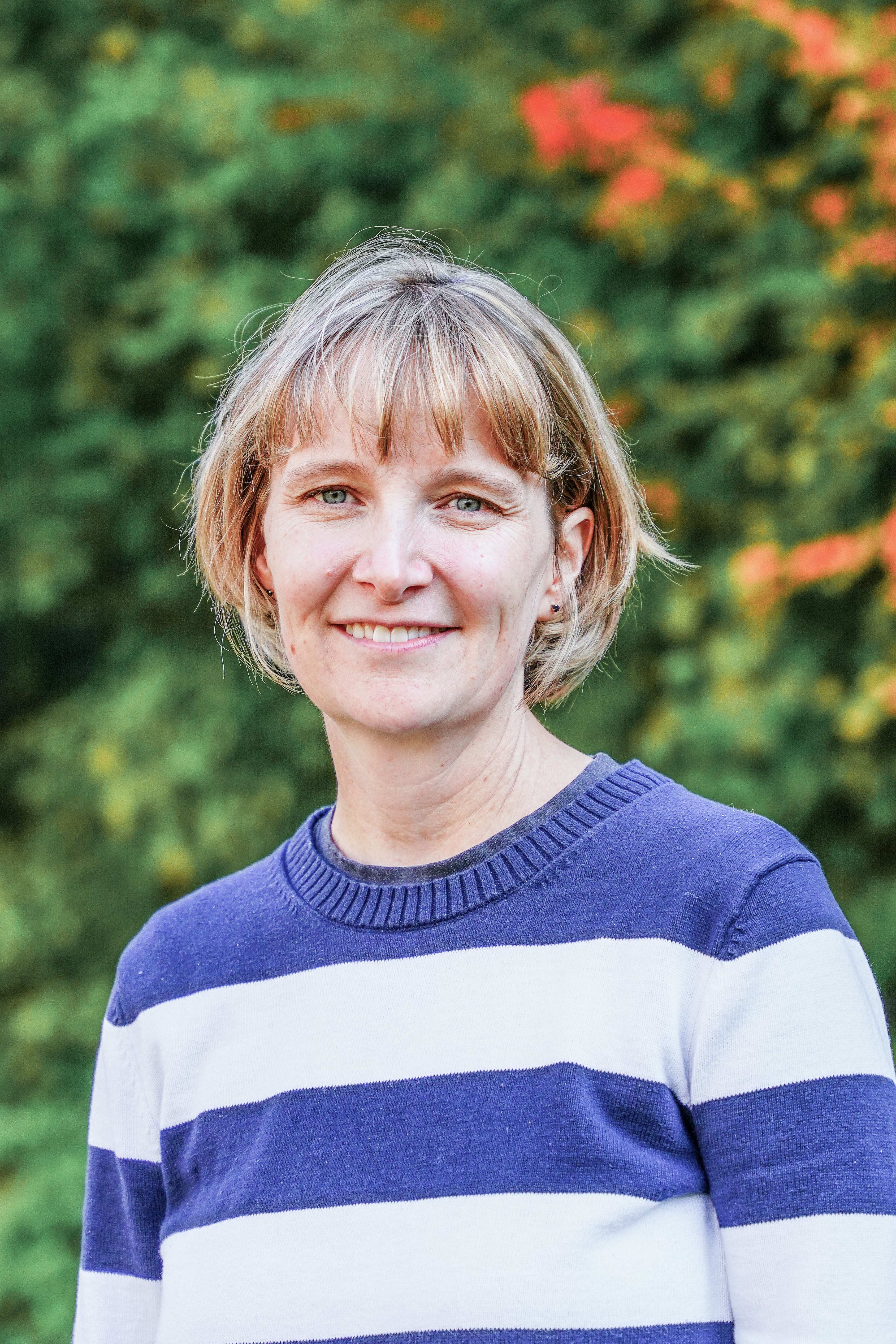Dr. Louise Longridge honored with the 2025 AMS UBC UDL Champion Award

Dr. Louise Longridge is one of the recipients of the AMS UBC Universal Design for Learning (UDL) Champion Award, presented at the AMS UBC Teaching and Learning Champions Gala on April 1, 2025. Newly established this year, the UDL Champions Award recognizes faculty who integrate UDL—approaches that embrace learner diversity and aim to reduce barriers to education—into their teaching to promote accessible and equitable learning experiences.
Dr. Longridge was awarded for her dedication to improving inclusiveness and accessibility in EOSC 116 Mesozoic Earth: Time of the Dinosaurs (Hybrid). We are pleased to feature her perspective on receiving the award and the innovations behind EOSC 116 in the Q&A below.
Q: Could you introduce EOSC 116 (Hybrid) to us?
LL: The Hybrid Version of EOSC 116 (Mesozoic Earth: Time of the Dinosaurs) is an asynchronous course that runs in all three terms, with about 600 students a year taking the class from different faculties across UBC. The course focuses on Earth and Life during the time of the dinosaurs. The first part includes sections on geology, fossils, plate tectonics, climate, oceanography and mass extinctions. The second part is a study of life, including a special capstone project centered on the biology, evolution and biogeography of terrestrial dinosaurs.
Q: What changes did you make in this course that apply the UDL approach to improve accessibility?
LL: EOSC 116 has no textbook. Instead, the course content is hosted directly on Canvas. As an asynchronous course, it is especially important that the course material and figures be clear, as reaching out for help may interrupt a student's learning. Before this project started, the 800 figures that make-up part of the course content were not accessible from ‘Immersive Reader’ and only had short captions that lacked detail.
This Universal Design for Learning (UDL) Project addressed these shortcomings. Firstly, we created alternative text for each figure. This means that the ‘Immersive Reader’ feature on Canvas now says a description of what is actually showing in each figure aloud. For example, it might say ‘This is a picture of a rock cliff,’ or ‘This figure shows a table of values’. This benefits visually impaired learners. Secondly, we created optional extended captions for all the complex figures, about 200 in total. These captions are nested in an optional dropdown box that students can click if they want more information. These extended captions describe the key elements of each figure in much more detail, specifically guiding the student around what to focus on.
Q: What motivated you to make these changes?
LL: I believe offering choice as well as reducing barriers to learning produces the best outcomes for students. The main focus of this UDL project was to clarify the course figures in order to improve accessibility and provide options for those with different learning styles. Also, as this course is open to students from all faculties, many of them are grappling with complex concepts in Geology, Earth System Science, and the History of Life for the first time. Correct interpretation of the figures is often fundamental to their understanding.
Another experience that drove me to push on with this project was when I had a fully visually impaired student take the compressed seven-week summer course in 2023. This student had to delay beginning the course by three weeks, as it took this long for an expert in Earth Sciences to be found who could sit with the student and interpret the figures one-by-one. After many struggles and much frustration this student did get through the course, but it was very difficult for them and their final exam had to be delayed by six weeks.
Q: Have you seen any impacts, such as student feedback or engagement?
LL: We are just completing the last part of the project this term, so I have not sought direct feedback from the students yet. I do know students are using the optional extended captions though, as I sometimes get questions from them on the Discussion Board or at the Help Sessions. I plan to run a specific survey to get direct feedback from the students at the end of the upcoming summer term.
Q: Is there anything you’d like to see others in EOAS adopt when implementing UDL?
LL: UDL is a moving target for all of us and I know lots of folks are already learning about this to improve their teaching. With that in mind, if anyone wants to use the Canvas HTML code to paste in a dropdown box that works in Canvas, I think we have all the bugs worked out, and it should now function smoothly across platforms and devices. Just let me know if you want the code by email at ‘llongridge@eoas.ubc.ca’ and I’ll send it to you.
Q: This project is amazing! Would you like to introduce the team behind it?
LL: This project was begun in the fall of 2023, but we struggled with the technology. This delayed the main thrust of the work until the summer of 2024, when I was part of the Summer UDL Fellows Cohort, along with my partner, Sarah Bean Sherman (EOAS Science Education Specialist). This project is finally wrapping-up this term.
I would like to thank lots of people who helped in various ways over the last two years, including folks from CTLT and Skylight, who helped me learn more about UDL Principles and who helped me work out the bugs in Canvas (Afsaneh Sharif, Erika Delorme, Jeff Miller, AC Dager, Marie Krbavac, Ashley Welsh, and David Loti). I would also like to thank Teagan (Peri) Shepherd and Serena Formenti (EOAS Teaching Assistants) who spent many hours helping to create the new captions.
Congrats, Dr. Longridge!